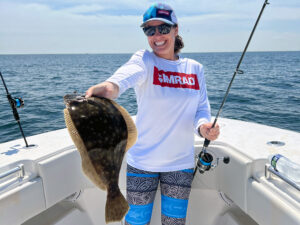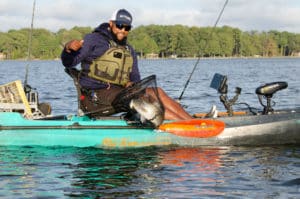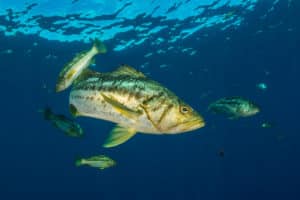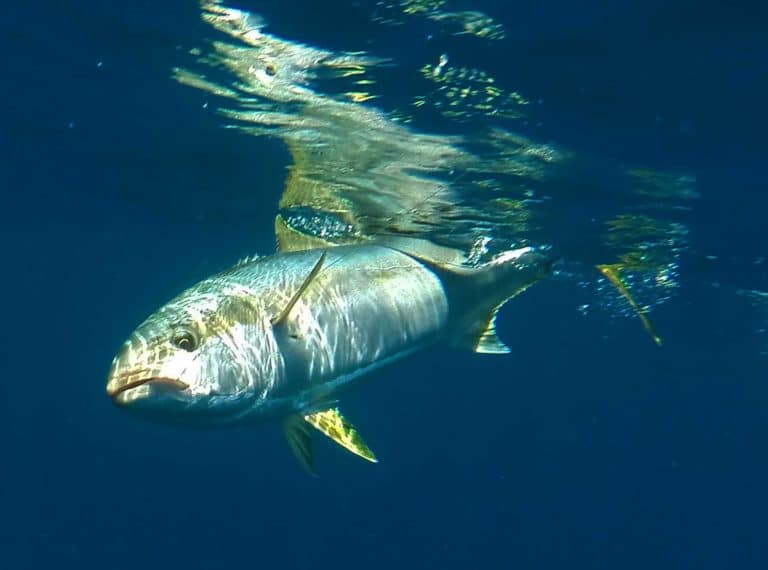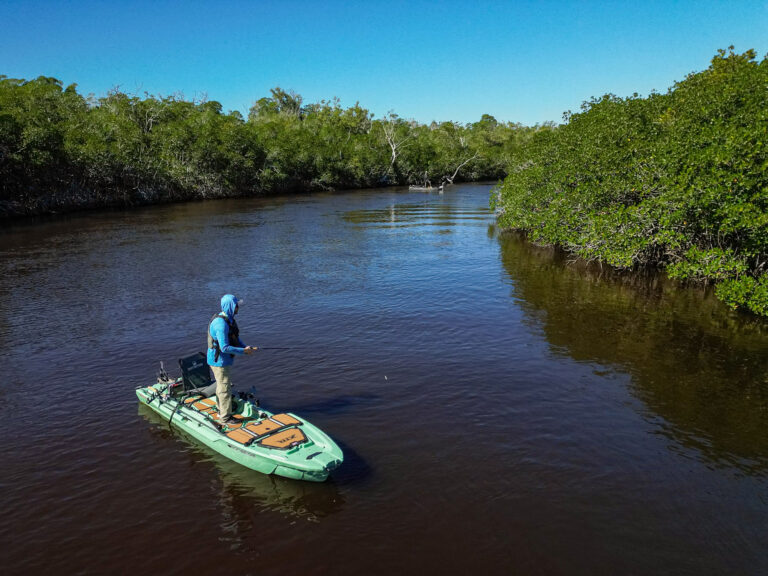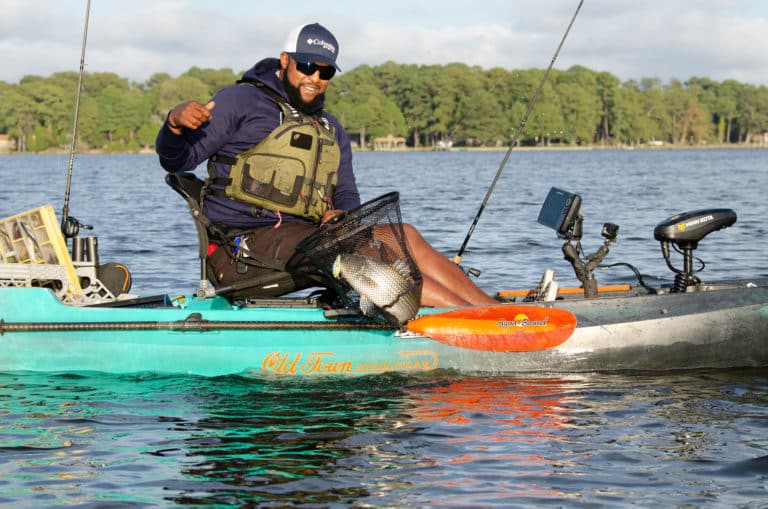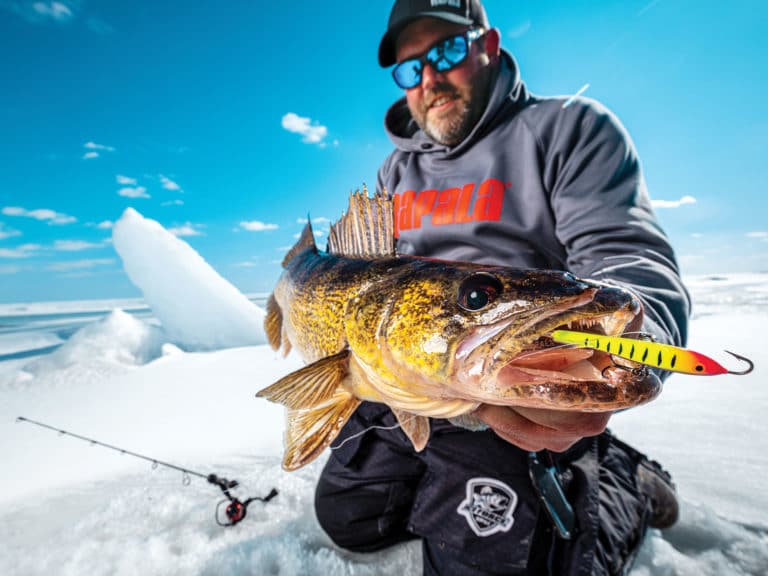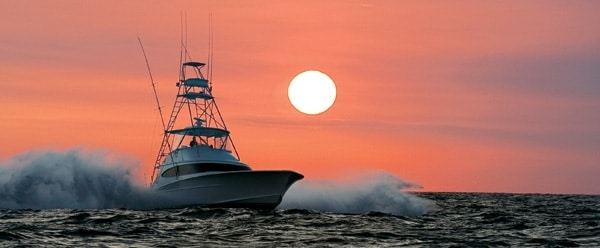
Space-age composites, new construction techniques, and design improvements all contribute to better boats and boating experiences. But constantly changing methods and materials also contribute to increased confusion on the part of the buying public. Here are some of the latest definitions as well as some of the tried-and-true standbys you’re likely to encounter to help you navigate as you consider, shop and/or buy.
Fishing Boat Construction Terms
AMTICO: A vinyl product that simulates wood and stone, and is used as flooring. It has become extremely popular on even the most expensive yachts, is easy to maintain and repair, and is remarkably durable.
BIAXIAL CLOTH: Fiberglass cloth made from fibers woven in two directions.
CARBON FIBER: A lightweight, black fiber used in place of or in addition to fiberglass for an increased strength-to-weight ratio; also known as graphite.
COLD MOLDED: A boatbuilding process that uses strips of wood attached to the hull in alternating directions and saturated with resin or epoxy to make a strong, lightweight laminated hull.
COMPOSITE: A composite is any natural or synthetic material, other than fiberglass or resin, that is sandwiched into a laminate. Common composites used in today’s boats include closed-cell foam, paper, balsa, marine plywood and aluminum.
EPOXY RESIN: The most expensive and best-performing resin when it comes to durability, adhesiveness and water resistance.
FRAME BOAT: The style of vessel that has been built since the time of the Phoenicians. A skeletal frame is built, then the hull is built from the keel up, and the outer hull and fiberglass are applied as the last step.
FRP: Fiberglass-reinforced plastic, the final laminate produced when fiberglass is mixed with resins and the combination hardens.
GRAPHITE: A mineral-based fiber, also called carbon fiber, and related to coal – lightweight and strong.
JIG BUILT: A fiberglass or cold-molded boat built on a framework from the inside out, with the gelcoat (or paint) applied as the final step.
MOLDED BOAT: A boat built from the outside in, inside a mold with the gelcoat going into the mold first.
POLYESTER RESIN: A synthetic, thermosetting resin with good water-impermeability properties. It represents the least expensive and most widely used resin in boat building.
RESIN INFUSION (Vacuum Bagging): A construction method that involves laying all the dry laminate ingredients into the mold, covering it with plastic, and then sucking the resin through the materials with a vacuum. This adds a very controlled amount of resin and leaves no air voids in the laminate. It’s also “greener,” as the enclosed molding process doesn’t give off as many volatile organic compounds.
TRIAXIAL CLOTH: Fiberglass cloth made of fibers woven in three directions for increased strength on several biases.
VINYLESTER RESIN: Similar to polyester, vinylester is more expensive and more resistant to water penetration.
Fishing Boat Measurement Terms
DEADRISE: The angle of the V of a hull’s bottom measured from a flat plane. The marine industry measures deadrise at the transom for a convenient comparison.
DRAFT: A vessel’s depth (including props, shafts and struts or outboard lower unit) below the water’s surface. “Draft” is a noun, not a verb. A boat draws three feet; it doesn’t draft three feet.
LOA: Readers specifically asked about this one. And no, I have no answer as to why boatbuilders list models differently than the actual length. LOA means the true length over all, including any overhangs like a bow pulpit or a transom swim platform or bracket. The actual length of a boat without any overhangs is called length on deck (LOD).
NMMA OR CE CERTIFICATION: The National Marine Manufacturers Association has a very stringent set of guidelines boatbuilders must meet to qualify their hulls for NMMA Certification. Those guidelines are based closely on the American Boat and Yacht Council specifications. When a builder requests NMMA certification for a new model, inspectors go over it with a fine-tooth comb to ensure it has been built with strict adherence to those specs. CE refers to the same type of rigorous adherence to boatbuilding requirements set by the European Union. The CE label certifies that a product has met consumer safety, health or environmental requirements. CE actually stands for conformité européenne.
WEIGHT (DISPLACEMENT): Dry weight means the weight of a vessel with no fuel or equipment. When calculating trailering weight, don’t forget to add all your gear, fuel and water.
Fishing Boat Equipment Terms
CATHODIC PROTECTION: A means of preserving certain metals against erosion from electrolysis by attaching sacrificial metals more susceptible to electrolysis.
PROPELLER CAVITATION: Extreme diversity between pressure on the front and back sides of a propeller blade causes the water to actually vaporize (boil), which can cause loss of efficiency and damage the propeller.
PROPELLER CUP: The curved lip on the trailing edge of a propeller blade that reduces slippage and ventilation, and improves hole shots.
PROPELLER DIAMETER: The distance from the center of the hub to the extreme tip of the blade times two. On a list of prop specifications, this is always the first number.
PROPELLER PITCH: This theoretical number is a movable feast. It refers to how far forward the propeller should move in a single revolution. Pitch is inexact, however, because slippage is always present in varying degrees. Pitch is always the second number listed in propeller specifications.
PROPELLER RAKE: The angle at which propeller blades slant forward or backward compared to the hub.
PROPELLER SLIPPAGE: Slippage is where the real world meets theory. This number represents the difference between theoretical pitch and how far the propeller actually moves through the water in a single revolution. Experts agree that the right propeller for a given vessel should move through the water at approximately 80 percent to 90 percent of the pitch.
PROPELLER VENTILATION: Often confused with cavitation, ventilation occurs when air or exhaust surround the propeller blades in a turn or when the vessel is incorrectly trimmed. Ventilation causes over-revving and loss of boat speed and efficiency.
ZERO-EMISSION GENERATOR: A gasoline generator that emits 99 percent less carbon monoxide.


